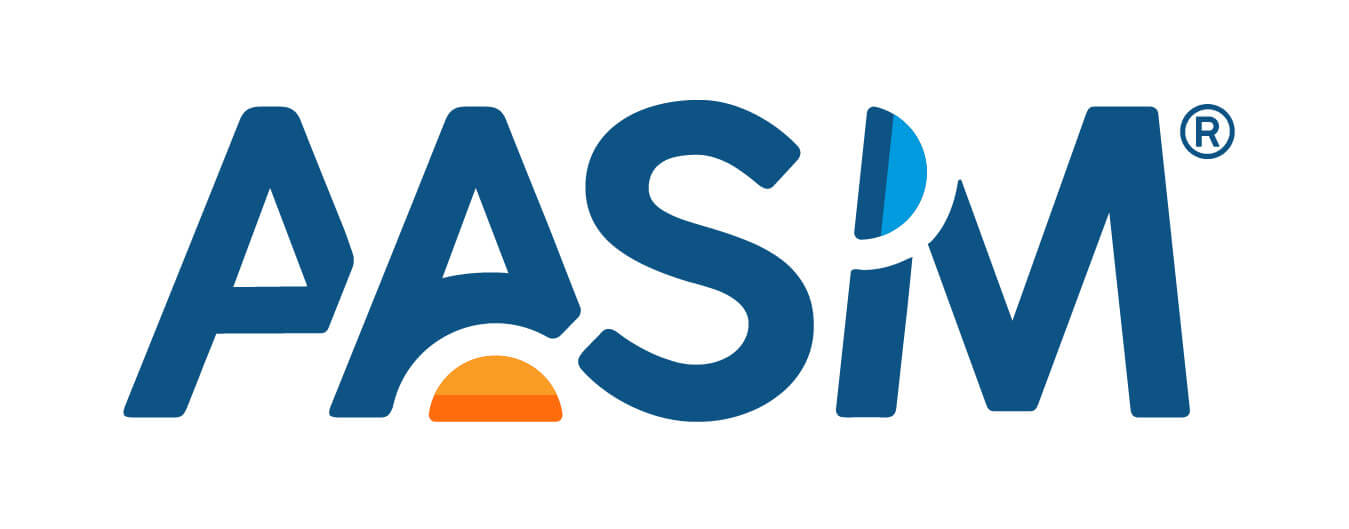On March 23, 2010, President Obama signed into law comprehensive health care reform, the Patient Protection and Affordable Care Act (ACA). Although the constitutionality of the law is still being challenged in the courts, it is important for members to be aware of how the law may affect your practice. Over the next several weeks, the AASM Weekly Update is including a synopsis of certain provisions in the bill. This week’s edition will focus on Health Insurance Exchanges and Private Insurance.
Health Insurance Exchanges
-
Creates a state-based American Health Benefit Exchanges and Small Business Health Options Program (SHOP) Exchanges, administered by a governmental agency or non-profit organization, through which individuals and small businesses with up to 100 employees can purchase qualified coverage. Permit states to allow businesses with more than 100 employees to purchase coverage in the SHOP Exchange beginning in 2017. States may form regional Exchanges or allow more than one Exchange to operate in a state as long as each Exchange serves a distinct geographic area. Funding available to states to establish Exchanges within one year of enactment and until January 1, 2015.
-
Requires the Office of Personnel Management to contract with insurers to offer at least two multi-state plans in each Exchange. At least one plan must be offered by a non-profit entity and at least one plan must not provide coverage for abortions beyond those permitted by federal law. Each multi-state plan must be licensed in each state and must meet the qualifications of a qualified health plan. If a state has lower age rating requirements than 3:1, the state may require multi-state plans to meet the more protective age rating rules. These multi-state plans will be offered separately from the Federal Employees Health Benefit Program and will have a separate risk pool.
-
Creates four benefit categories of plans plus a separate catastrophic plan to be offered through the Exchange, and in the individual and small group markets:
- Bronze plan represents minimum creditable coverage and provides the essential health benefits, cover 60% of the benefit costs of the plan, with an out-of-pocket limit equal to the Health Savings Account (HSA) current law limit ($5,950 for individuals and $11,900 for families in 2010);
- Silver plan provides the essential health benefits, covers 70% of the benefit costs of the plan, with the HSA out-of-pocket limits;
- Gold plan provides the essential health benefits, covers 80% of the benefit costs of the plan, with the HSA out-of-pocket limits;
- Platinum plan provides the essential health benefits, covers 90% of the benefit costs of the plan, with the HSA out-of-pocket limits;
– Catastrophic plan available to those up to age 30 or to those who are exempt from the mandate to purchase coverage and provides catastrophic coverage only with the coverage level set at the HSA current law levels except that prevention benefits and coverage for three primary care visits would be exempt from the deductible. This plan is only available in the individual market.
-
Require qualified health plans participating in the Exchange to meet marketing requirements, have adequate provider networks, contract with essential community providers, contract with navigators to conduct outreach and enrollment assistance, be accredited with respect to performance on quality measures, use a uniform enrollment form and standard format to present plan information.
-
Require qualified health plans to report information on claims payment policies, enrollment, disenrollment, number of claims denied, cost-sharing requirements, out-of-network policies, and enrollee rights in plain language.
-
Require the Exchanges to maintain a call center for customer service, and establish procedures for enrolling individuals and businesses and for determining eligibility for tax credits. Require states to develop a single form for applying for state health subsidy programs that can be filed online, in person, by mail or by phone. Permit Exchanges to contract with state Medicaid agencies to determine eligibility for tax credits in the Exchanges.
-
Require Exchanges to submit financial reports to the Secretary and comply with oversight investigations including a Government Accounting Office (GAO) study on the operation and administration of Exchanges.
-
Permit states the option to create a Basic Health Plan for uninsured individuals with incomes between 133-200% FPL who would otherwise be eligible to receive premium subsidies in the Exchange. States opting to provide this coverage will contract with one or more standard plans to provide at least the essential health benefits and must ensure that eligible individuals do not pay more in premiums than they would have paid in the Exchange and that the cost-sharing requirements do not exceed those of the platinum plan for enrollees with income less than 150% FPL or the gold plan for all other enrollees. States will receive 95% of the funds that would have been paid as federal premium and cost-sharing subsidies for eligible individuals to establish the Basic Health Plan. Individuals with incomes between 133-200% FPL in states creating Basic Health Plans will not be eligible for subsidies in the Exchanges.
Changes to Private Insurance
-
Establishes a temporary (Program expires January 1, 2014) national high-risk pool to provide health coverage to individuals with pre-existing medical conditions. U.S. citizens and legal immigrants who have a pre-existing medical condition and who have been uninsured for at least six months will be eligible to enroll in the high-risk pool and receive subsidized premiums. Premiums for the pool will be established for a standard population and may vary by no more than 4 to 1 due to age; maximum cost-sharing will be limited to the current law HSA limit ($5,950/individual and $11,900/family in 2010). Appropriate $5 billion to finance the program.
-
Requires health plans to report the proportion of premium dollars spent on clinical services, quality, and other costs and provide rebates to consumers for the amount of the premium spent on clinical services and quality that is less than 85% for plans in the large group market and 80% for plans in the individual and small group markets. (Requirement to report medical loss ratio effective plan year 2010; requirement to provide rebates effective January 1, 2011)
-
Establishes a process for reviewing increases in health plan premiums and require plans to justify increases. Require states to report on trends in premium increases and recommend whether certain plan should be excluded from the Exchange based on unjustified premium increases. Provide grants to states to support efforts to review and approve premium increases. (Implemented in 2010).
-
Provides dependent coverage for children up to age 26 for all individual and group policies. (In effect)
-
Prohibit individual and group health plans from placing lifetime limits on the dollar value of coverage and prohibit insurers from rescinding coverage except in cases of fraud. Prohibit pre-existing condition exclusions for children. (In effect) Beginning in January 2014, prohibit individual and group health plans from placing annual limits on the dollar value of coverage. Prior to January 2014, plans may only impose annual limits on coverage as determined by the Secretary.
-
Grandfather existing individual and group plans with respect to new benefit standards, but require these grandfathered plans to extend dependent coverage to adult children up to age 26 and prohibit rescissions of coverage. Require grandfathered group plans to eliminate lifetime limits on coverage and beginning in 2014, eliminate annual limits on coverage. Prior to 2014, grandfathered group plans may only impose annual limits as determined by the Secretary. Require grandfathered group plans to eliminate pre-existing condition exclusions for children within six months of enactment and by 2014 for adults, and eliminate waiting periods for coverage of greater than 90 days by 2014. (Effective six months following enactment, except where otherwise specified)
Effective 2014 – Private Insurance
-
Impose the same insurance market regulations relating to guarantee issue, premium rating, and prohibitions on pre-existing condition exclusions in the individual market, in the Exchange, and in the small group market.
-
Require all new policies (except stand-alone dental, vision, and long-term care insurance plans), including those offered through the Exchanges and those offered outside of the Exchanges, to comply with one of the four benefit categories. Existing individual and employer-sponsored plans do not have to meet the new benefit standards.
-
Limit deductibles for health plans in the small group market to $2,000 for individuals and $4,000 for families unless contributions are offered that offset deductible amounts above these limits. This deductible limit will not affect the actuarial value of any plans.
-
Limit any waiting periods for coverage to 90 days.
-
Create a temporary reinsurance program to collect payments from health insurers in the individual and group markets to provide payments to plans in the individual market that cover high-risk individuals. Finance the reinsurance program through mandatory contributions by health insurers totaling $25 billion over three years. (Effective January 1, 2014 through December 2016)








